Statistics

Project description
ASTREA is building a rocket engine which allows the team to gain experience with experimental technologies while incorporating ARIS’s knowledge base and documenting our process. The ASTREA engine will be integrated into the HELVETIA rocket, aiming for technical excellence at the SA Cup 2022. This engine is being developed in the framework of an academic ETH Zurich Focus Project supervised by Prof. Dr. Lino Guzzella. This Project allows students to apply the engineering knowledge they amassed during their studies in an intense 9 month project cycle.
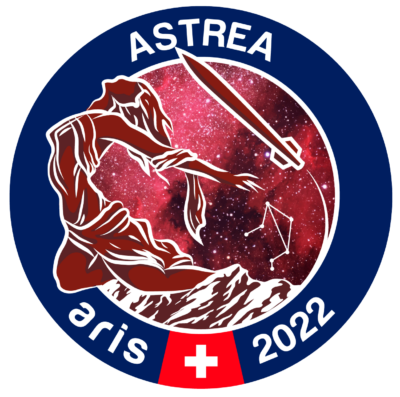 The primary objective of team ASTREA is to improve the engine efficiency over the previous design in order to carry the HELVETIA rocket to its desired apogee. This is achieved through weight saving and changing the combustion reaction in order to achieve a higher specific impulse.
The primary objective of team ASTREA is to improve the engine efficiency over the previous design in order to carry the HELVETIA rocket to its desired apogee. This is achieved through weight saving and changing the combustion reaction in order to achieve a higher specific impulse.
The ASTREA engine is designed to generate 6’000N of thrust using a combination of Nitrous Oxide and Acrylonitrile butadiene styrene. After a burn time of just 6.8 seconds, the engine has generated a total impulse of 40’960Ns, enough to deliver a payload of 4kg to 30’000ft.
Engineering Breakdown
 Our engine is broken down into the following subsystems.
Our engine is broken down into the following subsystems.
Tank: The tank stores the oxidizer before and during the flight and creates the pressure needed to feed it through the injector. Since we use nitrous oxide, we can take advantage of its self pressurizing effects, which removes the requirement for an external pressurization system. This oxidizer is very safe to use but difficult to master.
Fluid Supply System: The fluid supply system fills the tank with oxidizer and then feeds it to the engine for the combustion reaction. The plumbing system is very compact and has numerous safety features like pressure relief valves, burst disks and particle filters.
Data Acquisition and Control System: This system consists of two computers that gather temperature and pressure measurements from 8 different points and use this information to control the entire engine. Building on years of previously collected data, we’re striving to improve sensor placement, improve the computer’s environmental resistance and create an unrivaled electronics system in our engine.
Injector: The injector atomizes the oxidizer from a liquid to a fine mist, which is then injected into the combustion chamber. This makes it easier for the oxidizer to react with the fuel. Our injector uses a closed manifold chamber design, which reduces the number of parts and makes the system smaller.
Combustion Chamber: The combustion chamber is where all chemicals are combined in a violent combustion reaction. We’re significantly reducing its weight and using a new injection method to gain every bit of performance we can.
Grain: The fuel composition is changed to Acrylonitrile Butadiene Styrene which allows us to 3D print our grain and increases the specific impulse of our engine to 211s.
Ignition System: This engine uses oxygen ignition, which uses a high voltage arc to create an oxygen flame, which then supplies enough thermal energy to start the combustion reaction. Using this method allows a clean, efficient and reliable engine start.
Nozzle: The nozzle accelerates the hot combustion gases out of the rocket and converts the thermal energy into kinetic energy. The nozzle has a classic De Laval shape and is made of carbon fibre and graphite to keep its mass as low as possible. Building on years of research we’ve fine tuned our nozzle geometry to reach an efficiency of almost 100%.
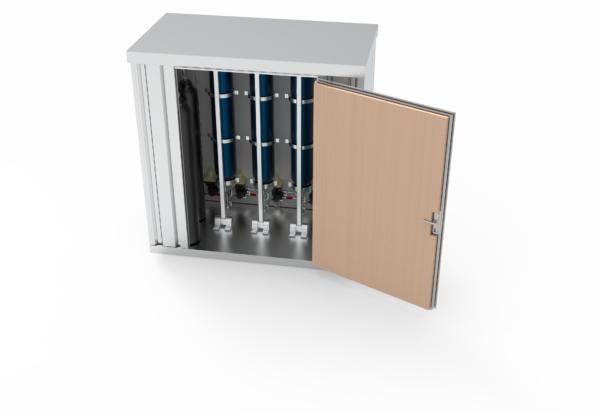 Remote Filling Station: The remote filling station provides the rocket with oxidizer, power and oxygen. 22.7kg of liquid oxidizer are filled into the tank. Oxygen is used for ignition and power is needed for electronics. The entire station is designed for operation in any environment, from hot and dry to cold and wet.
Remote Filling Station: The remote filling station provides the rocket with oxidizer, power and oxygen. 22.7kg of liquid oxidizer are filled into the tank. Oxygen is used for ignition and power is needed for electronics. The entire station is designed for operation in any environment, from hot and dry to cold and wet.
Check out the latest progress reports of ASTREA
ARIS has a Blog!
ARIS has a blog! Welcome to our Blog. [...]

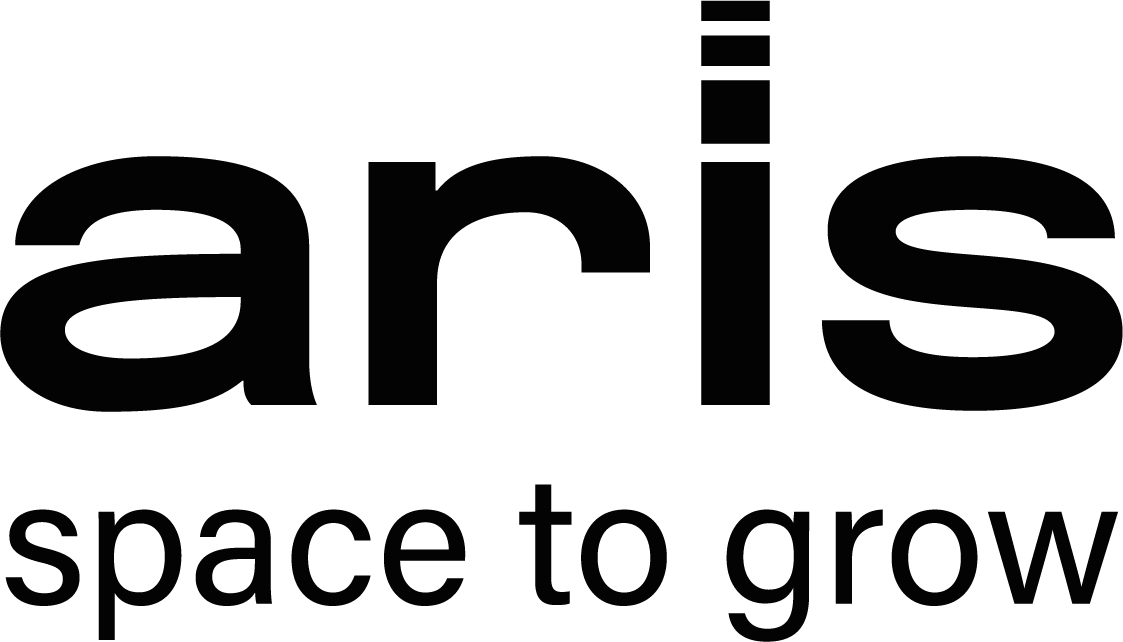




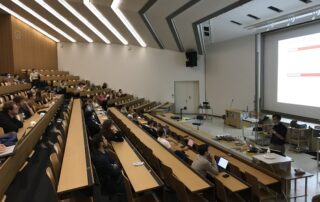

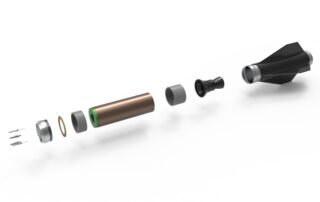

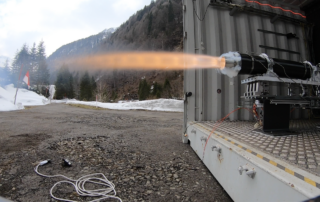
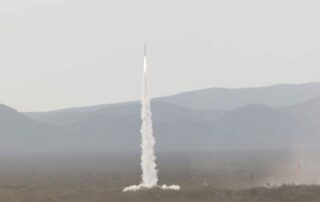
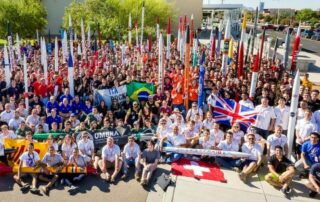

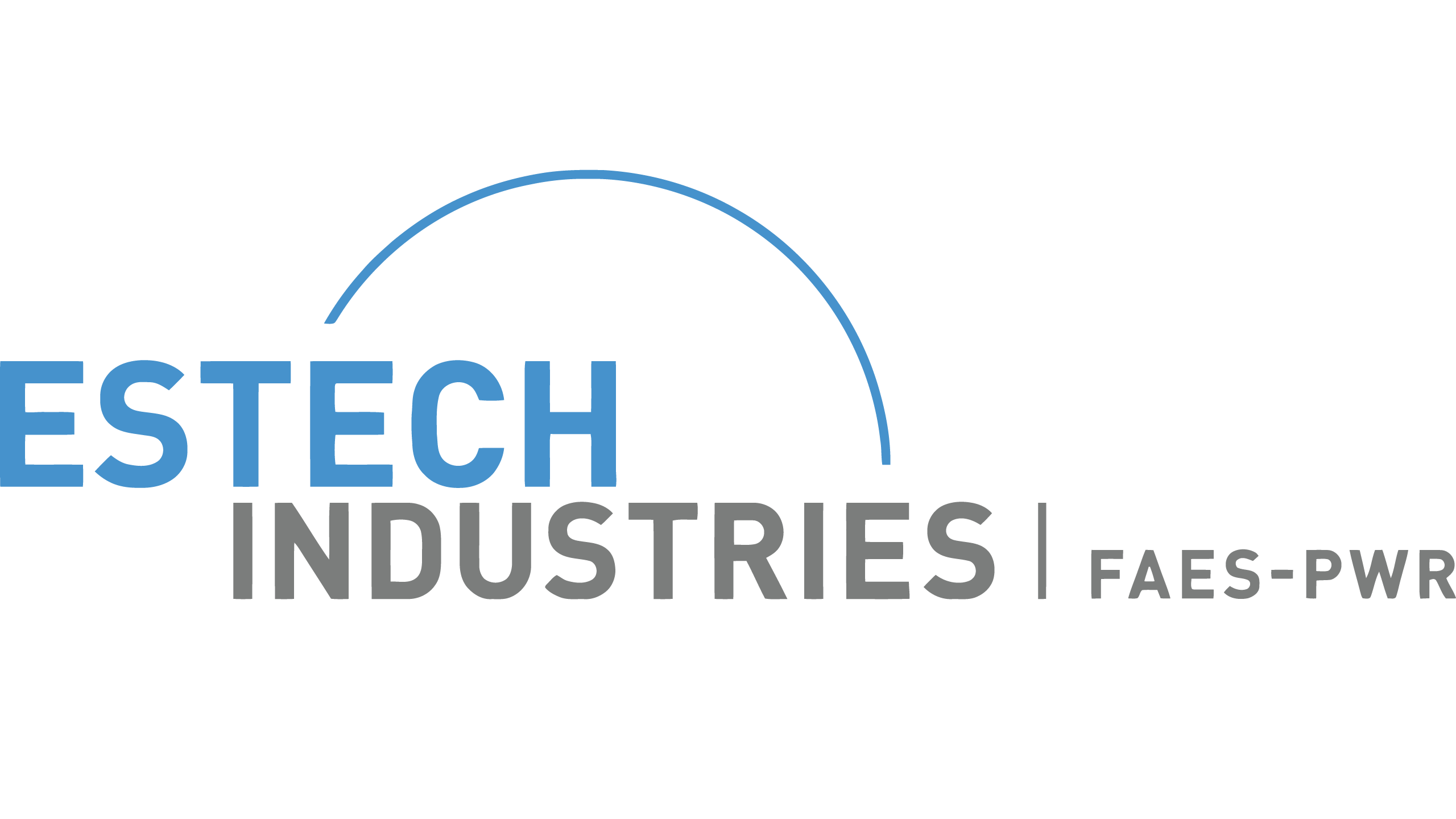









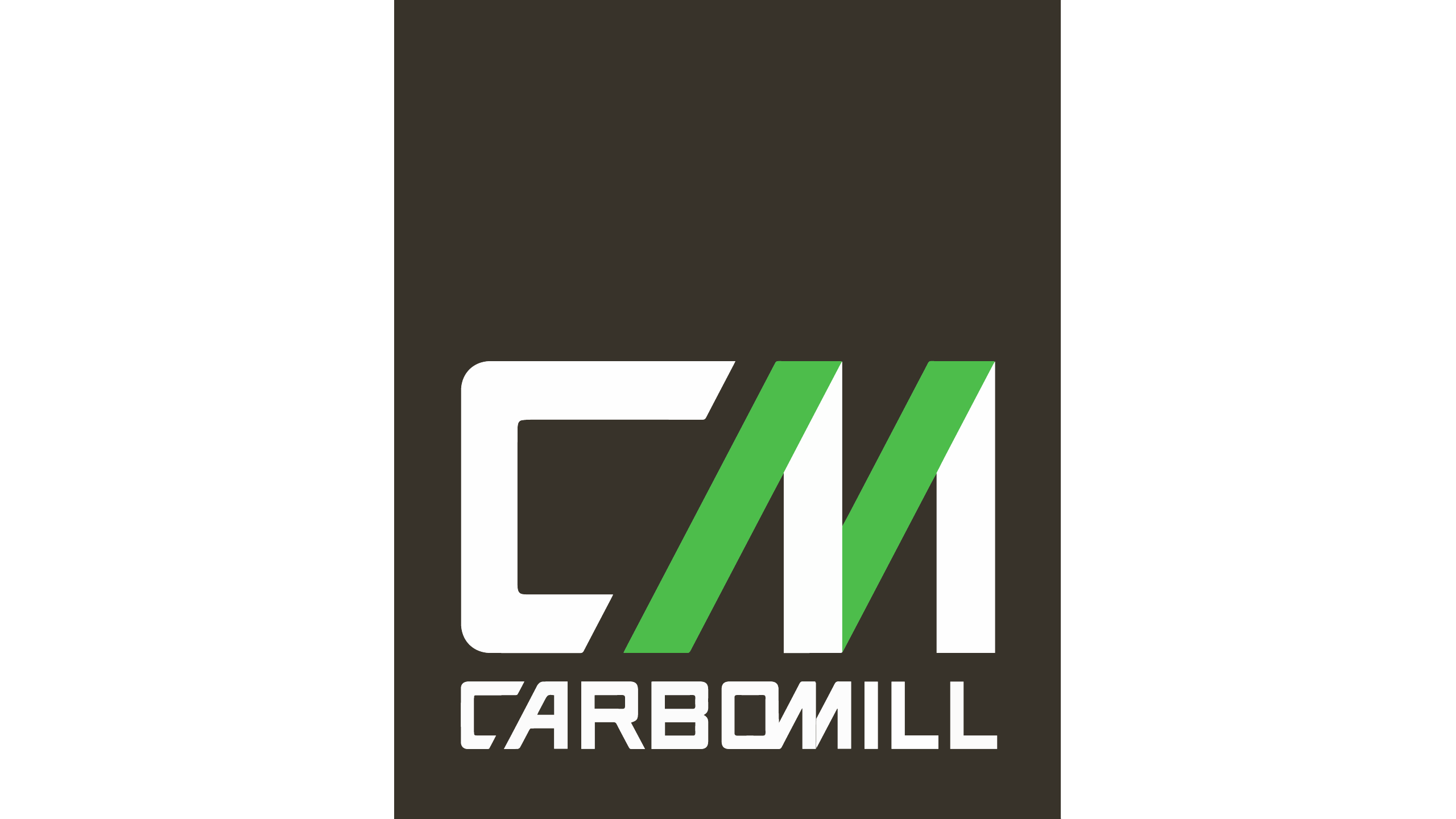
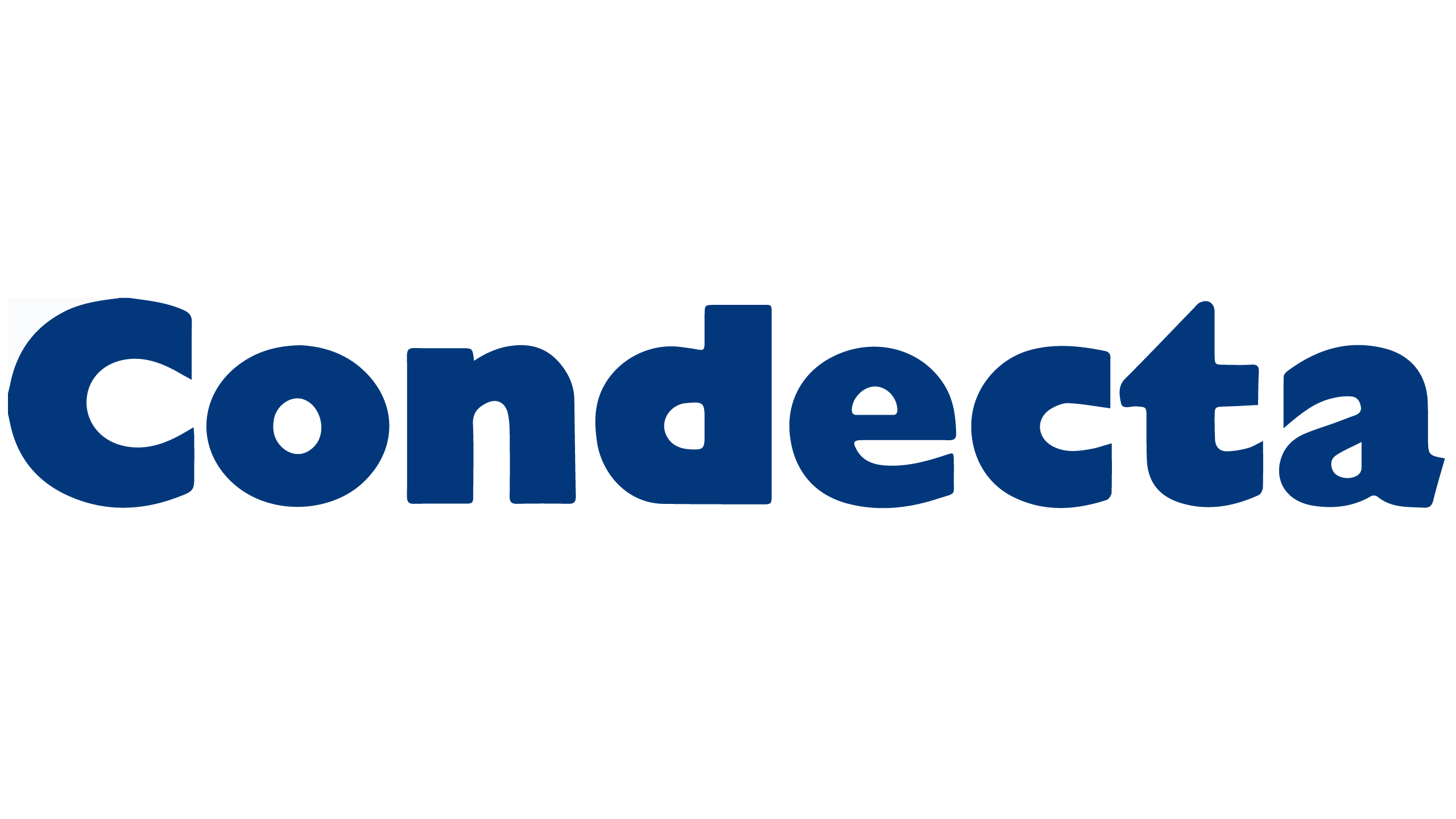


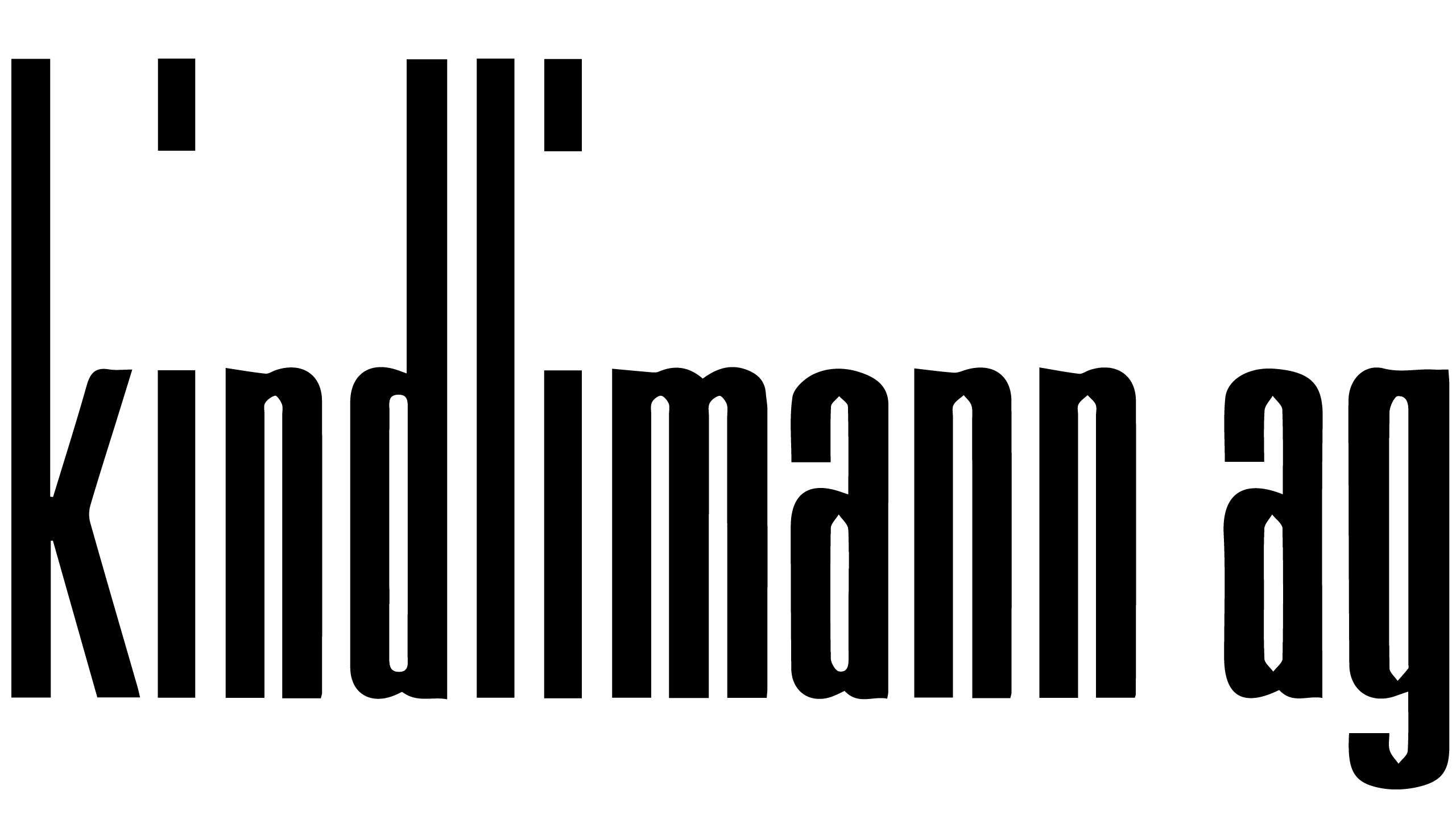
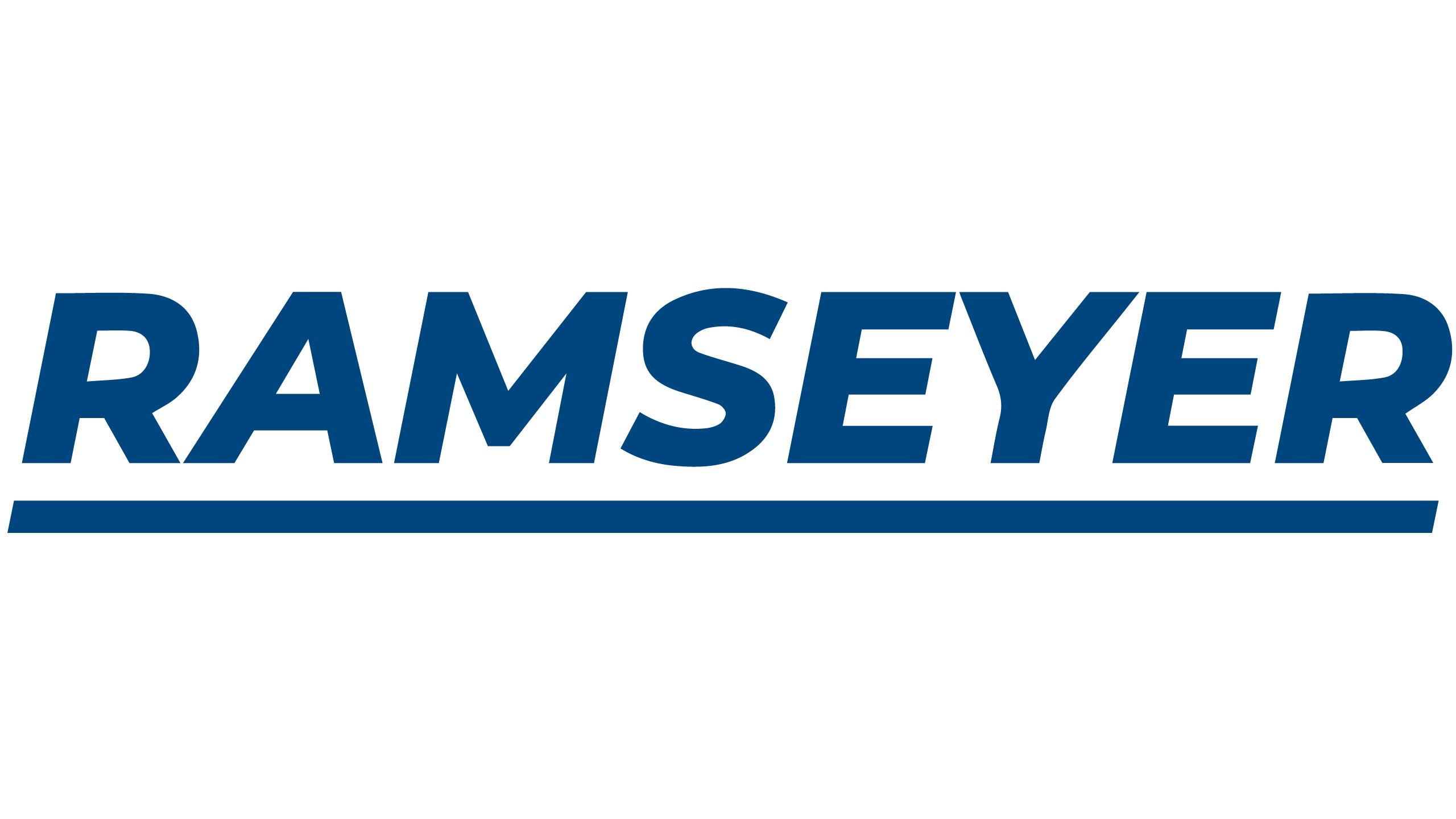

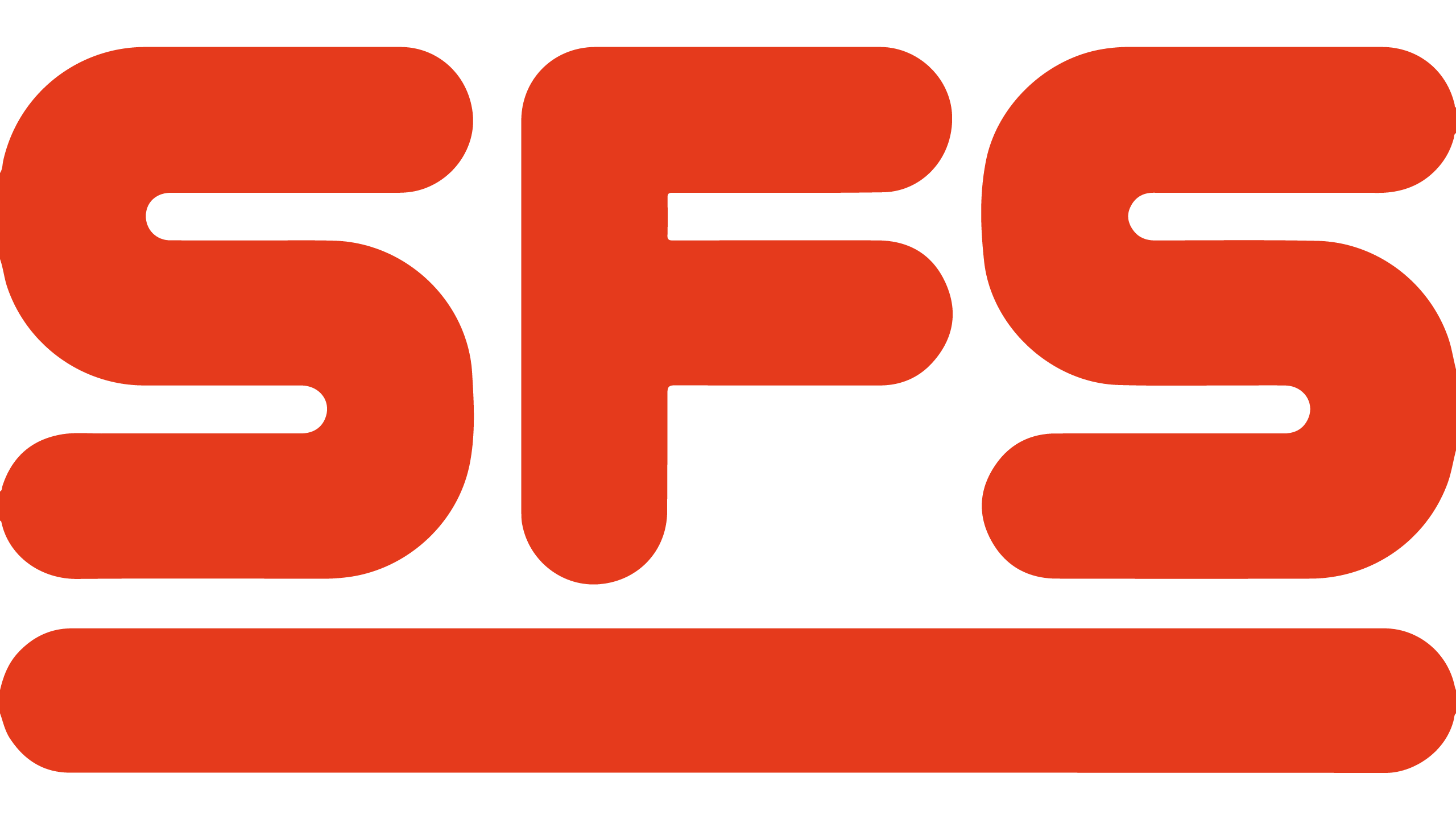
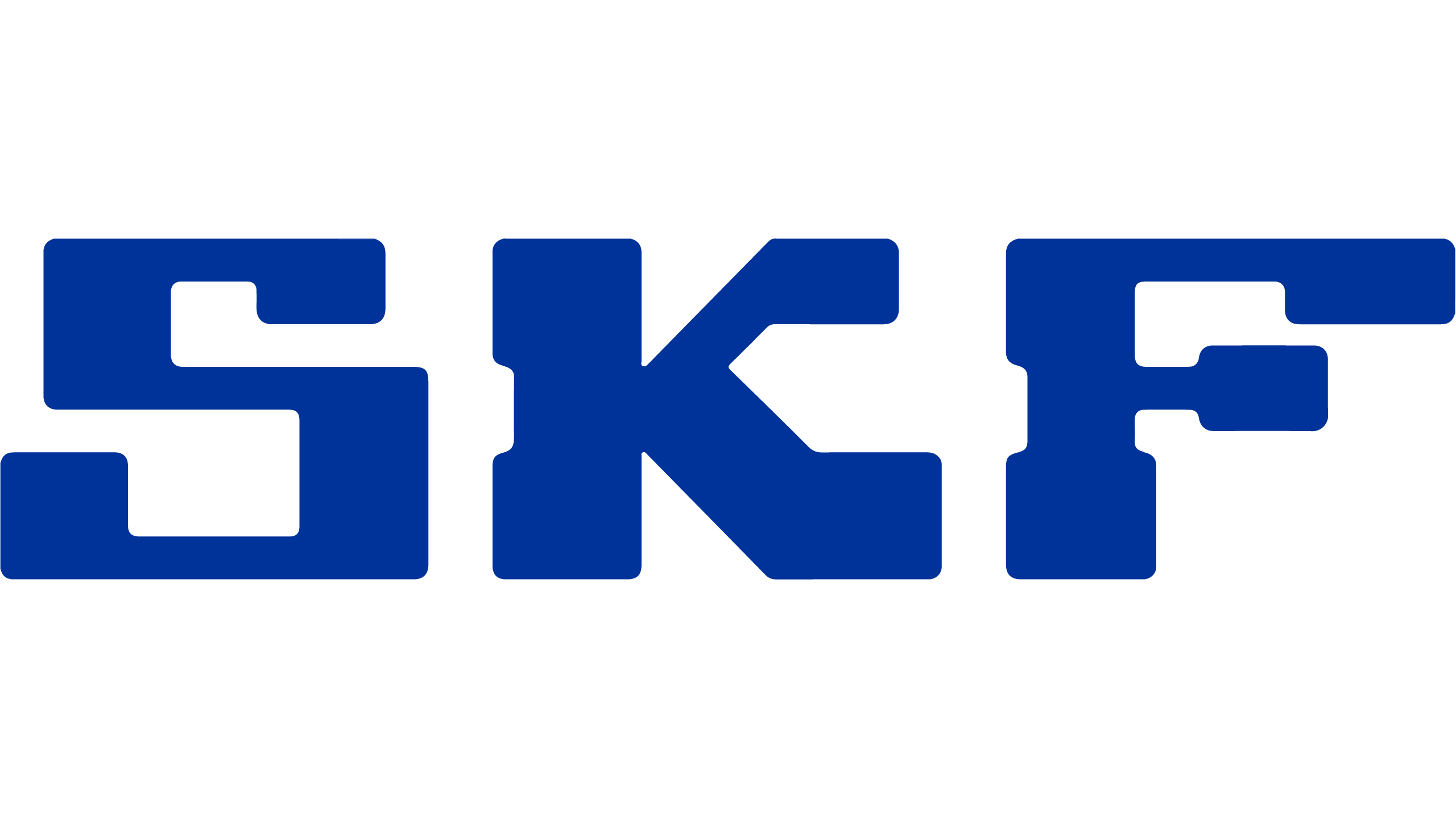

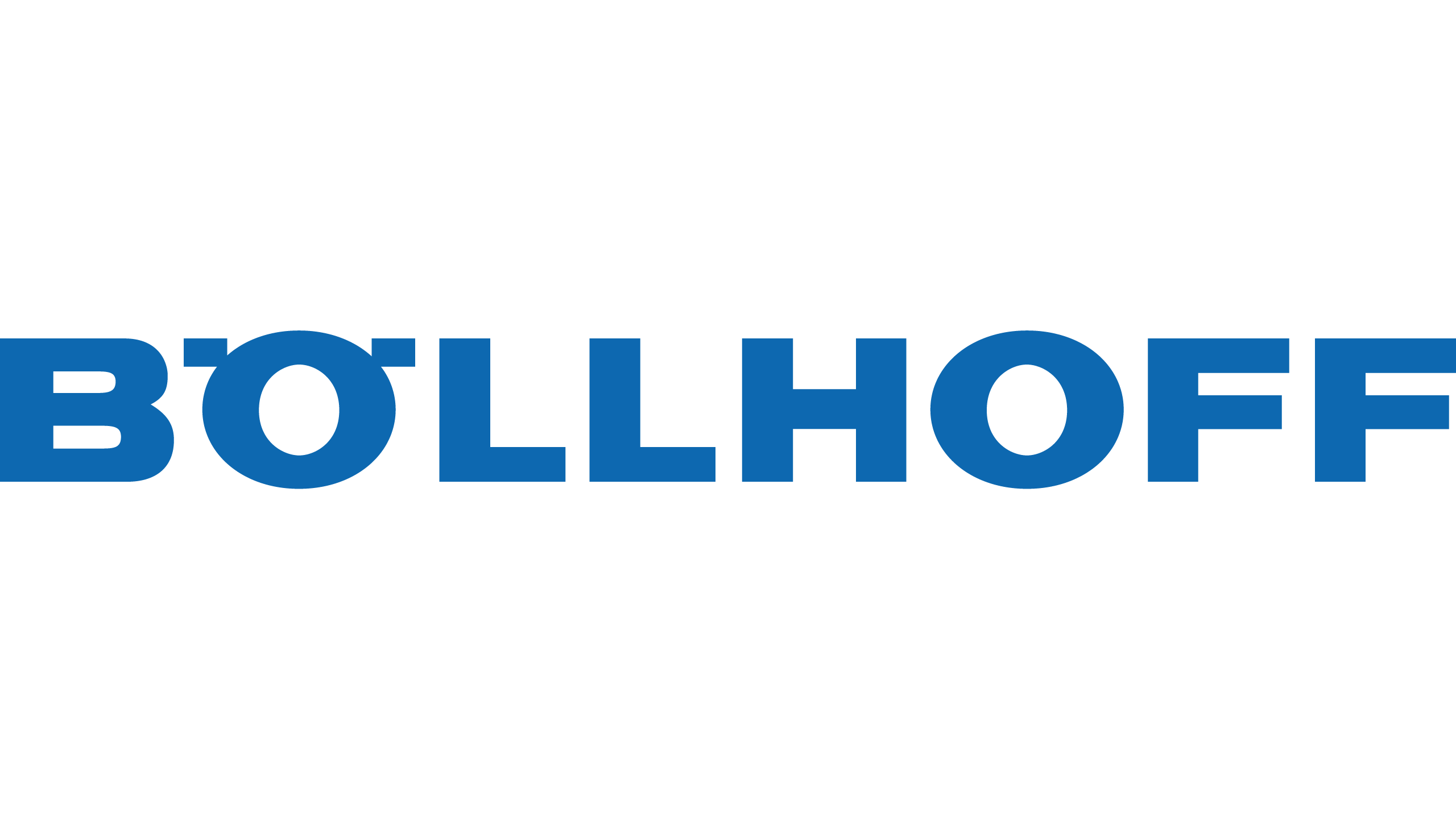


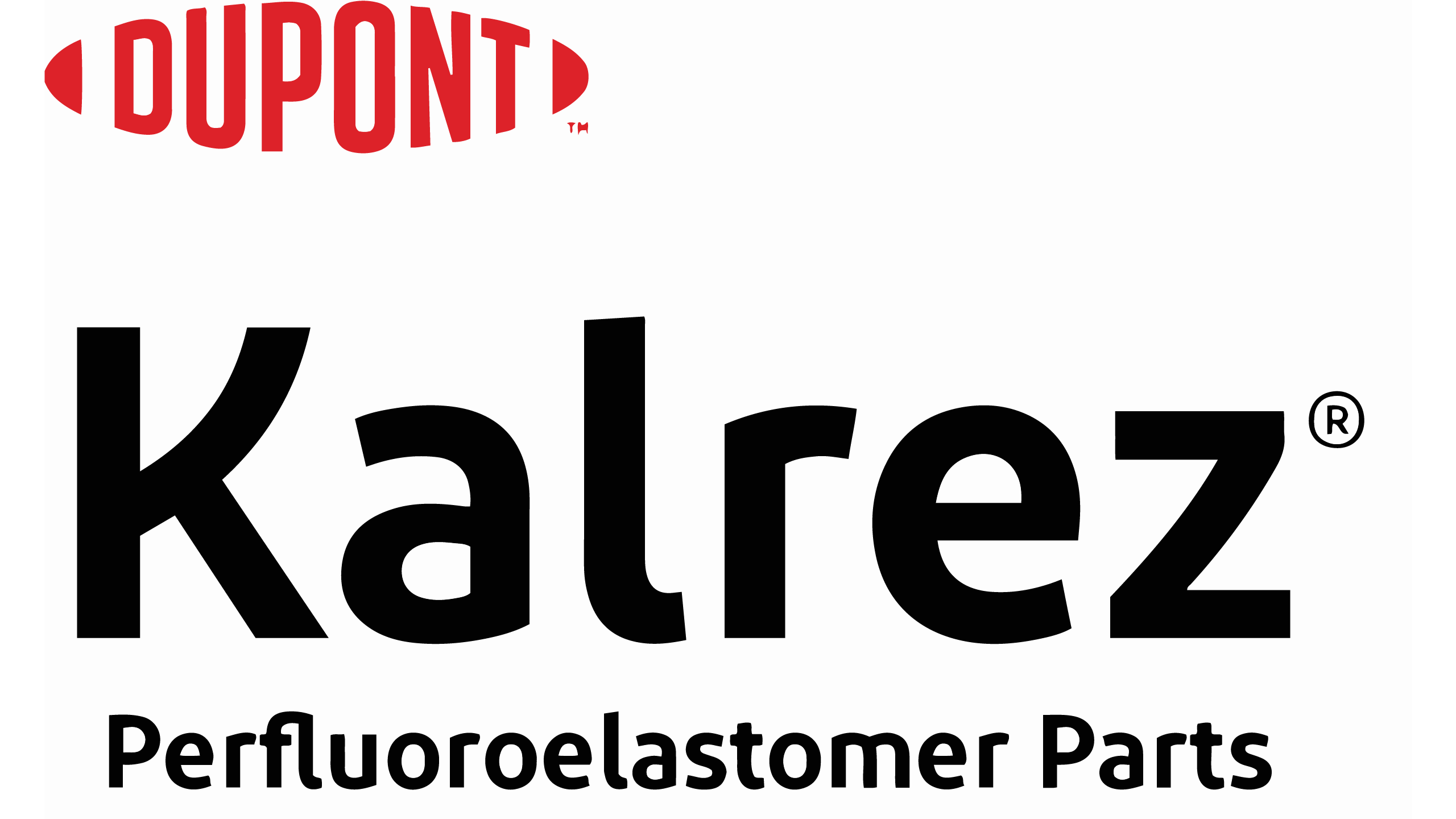
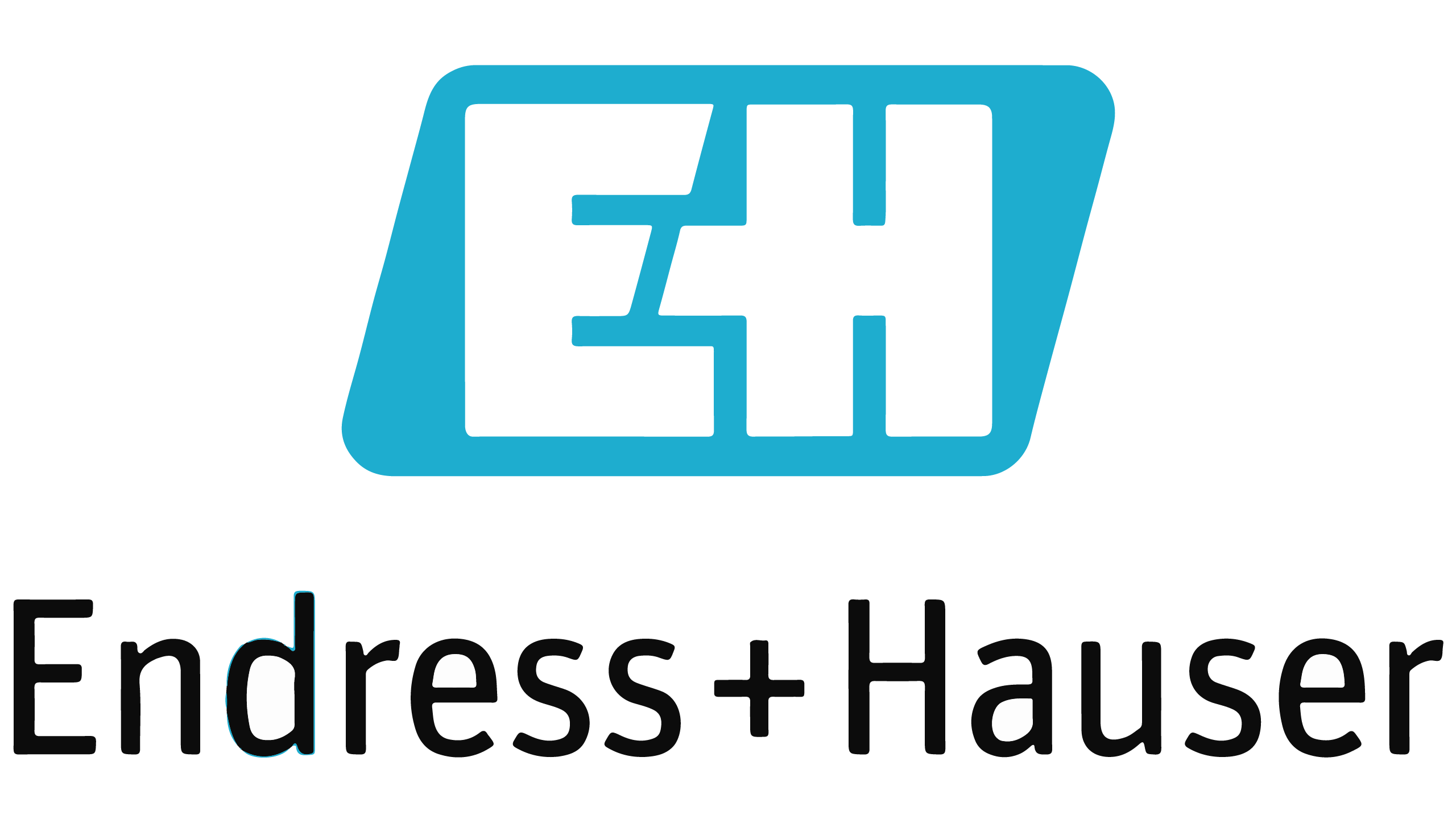



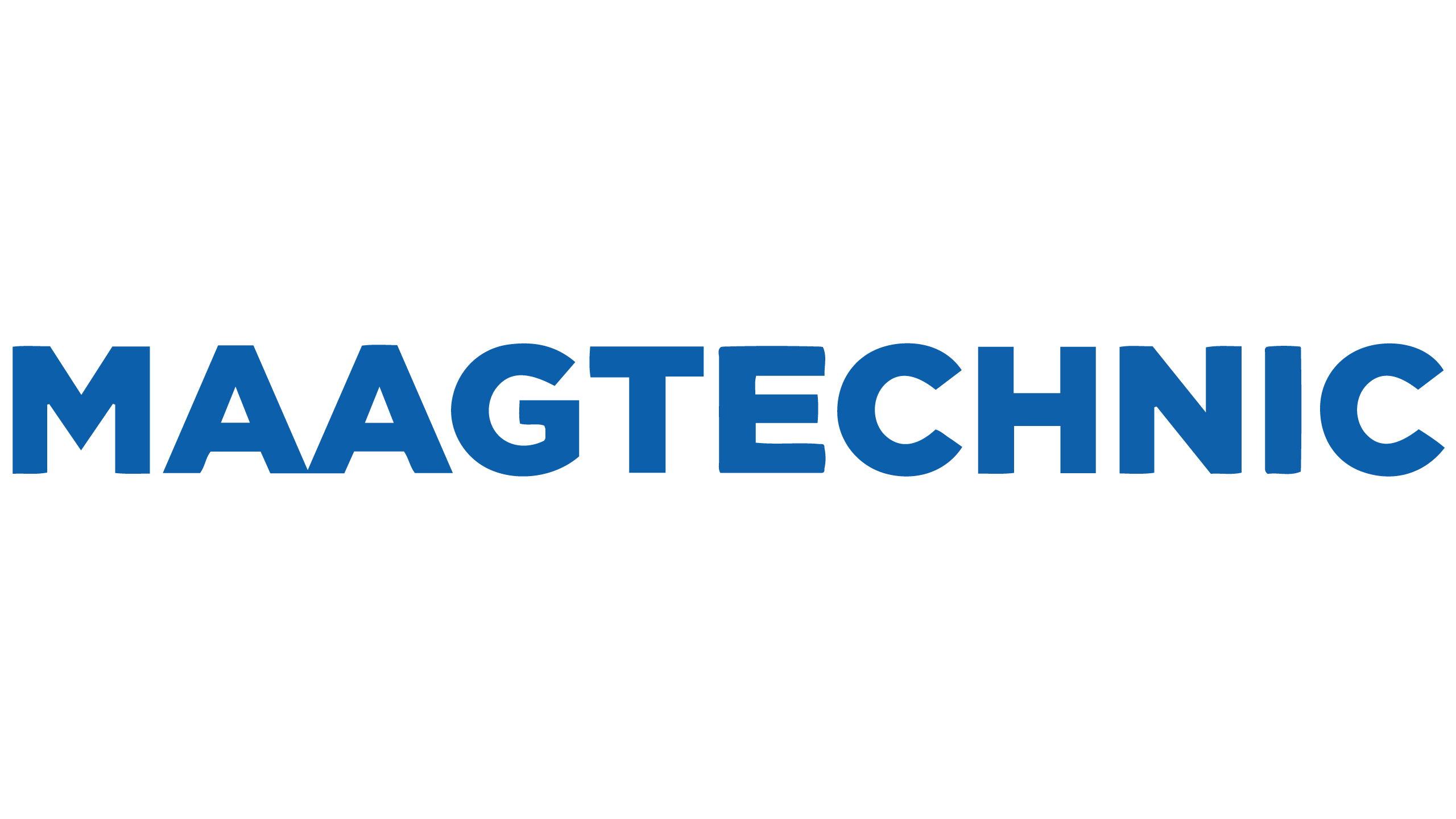
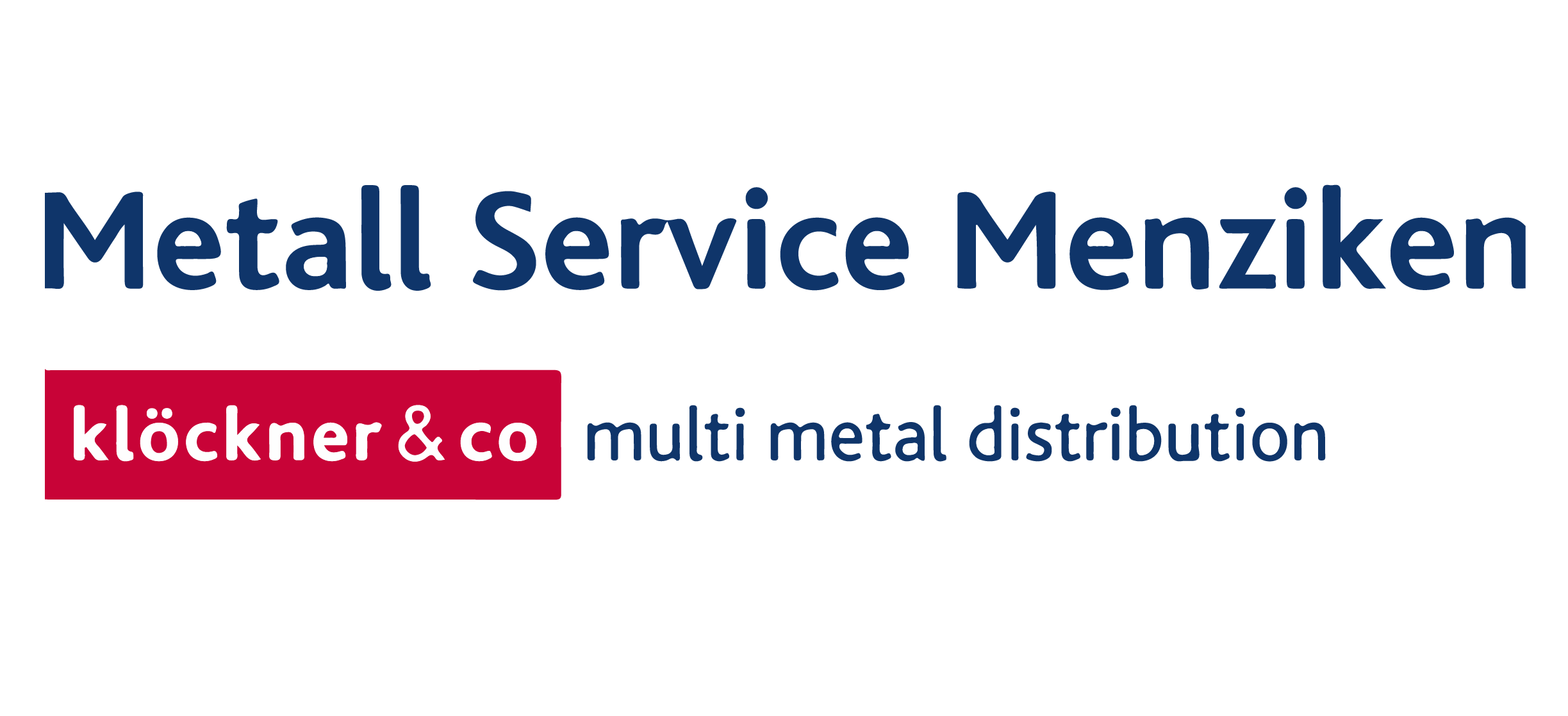
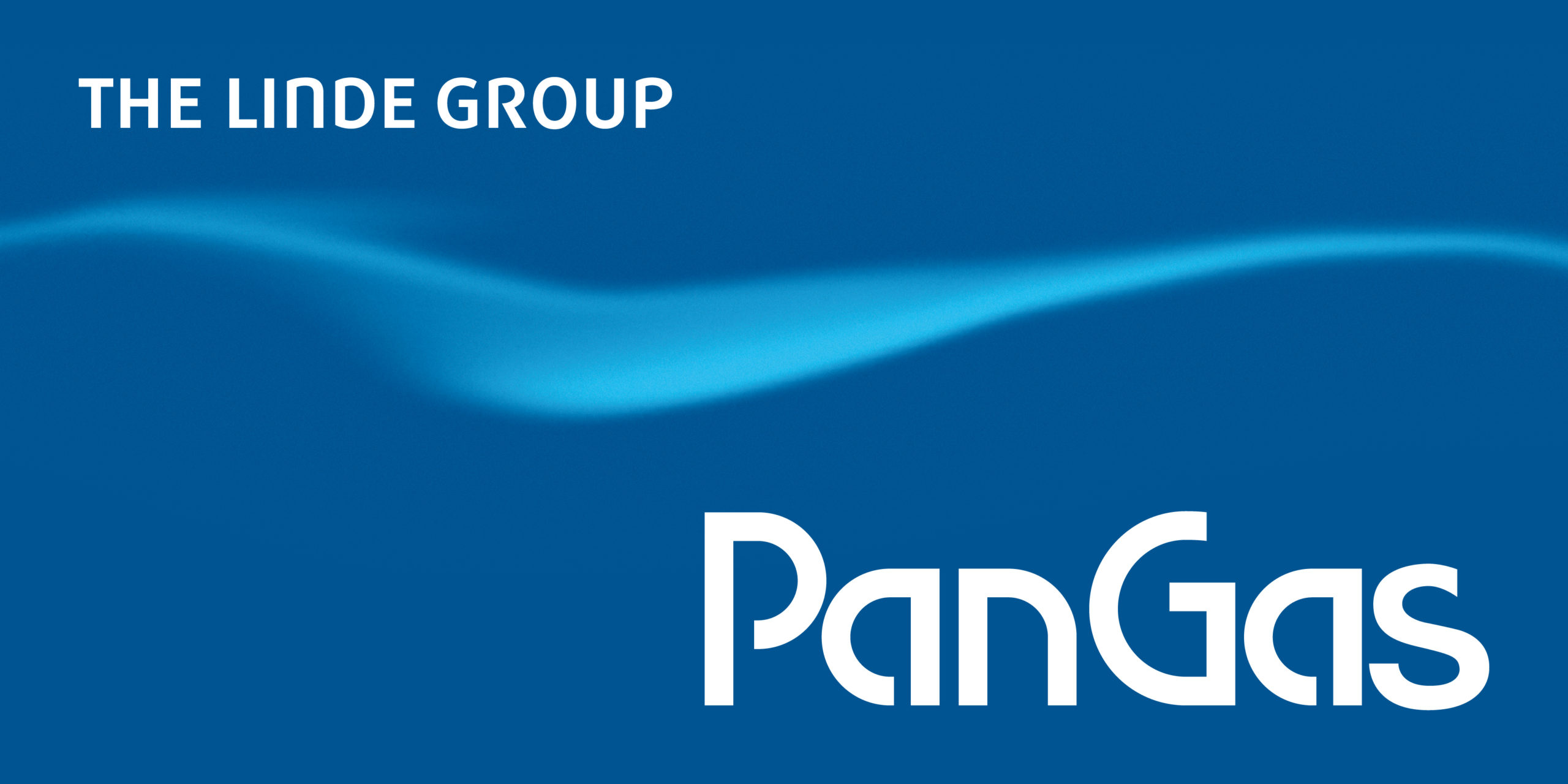


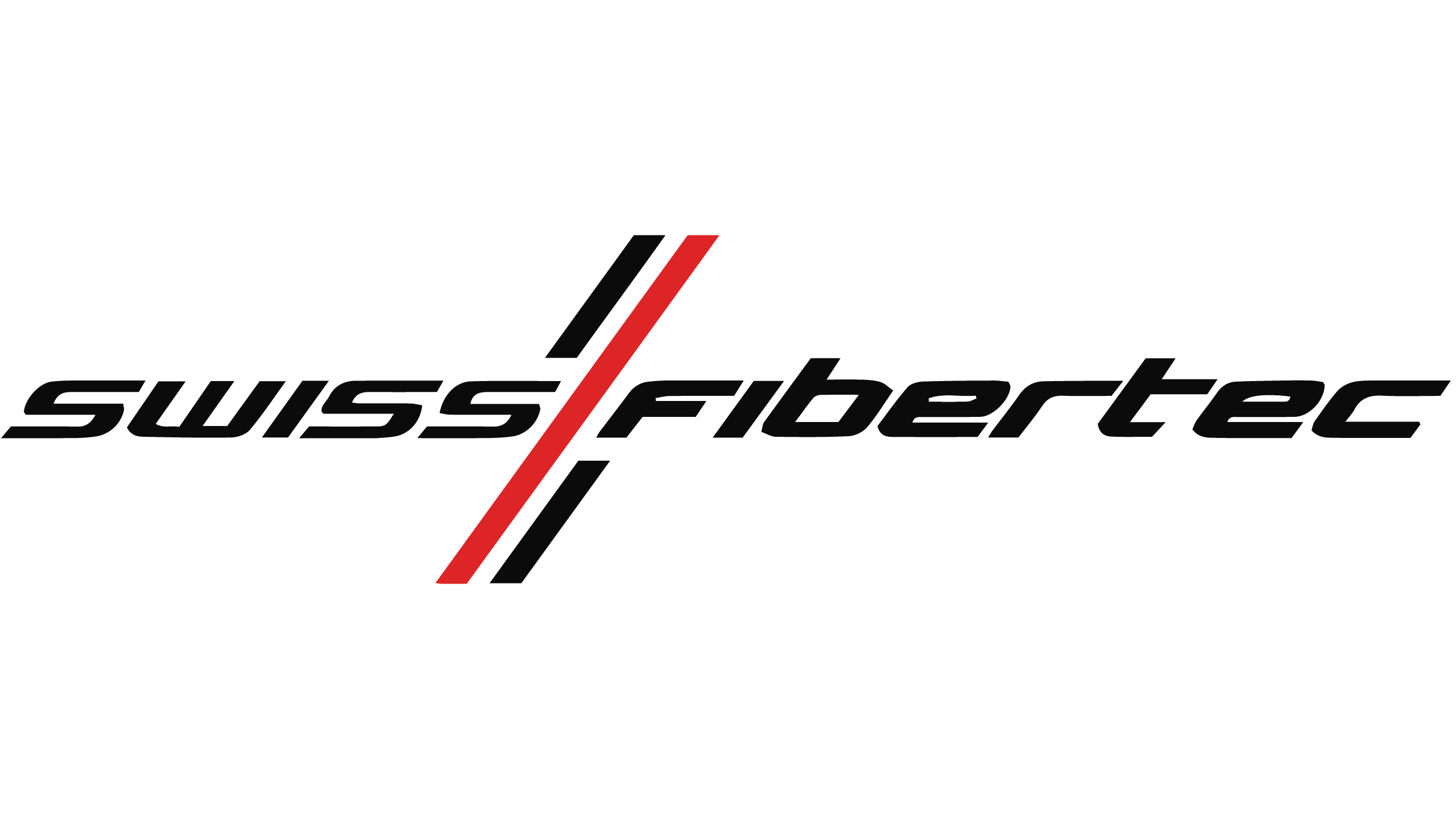
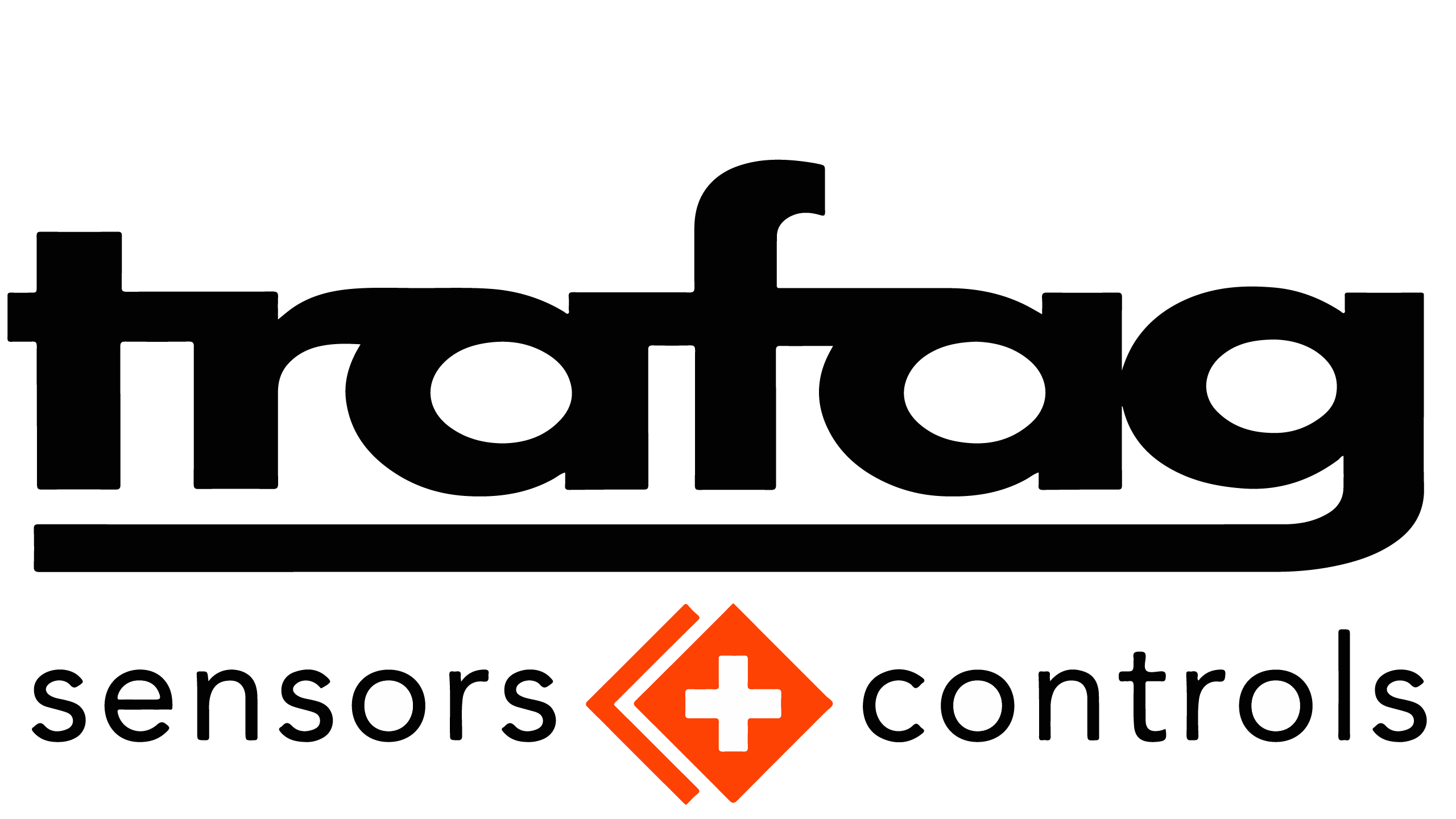
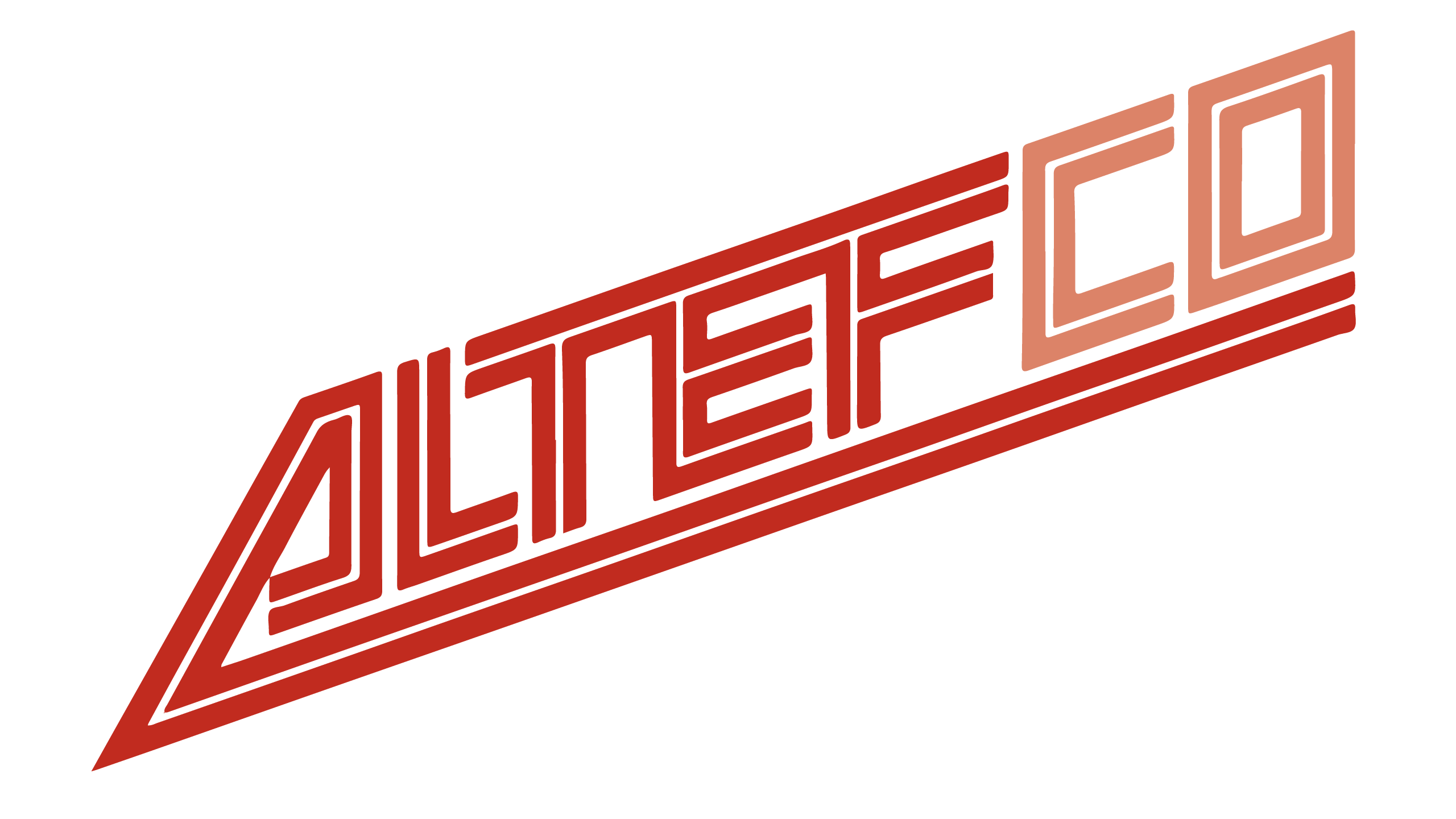




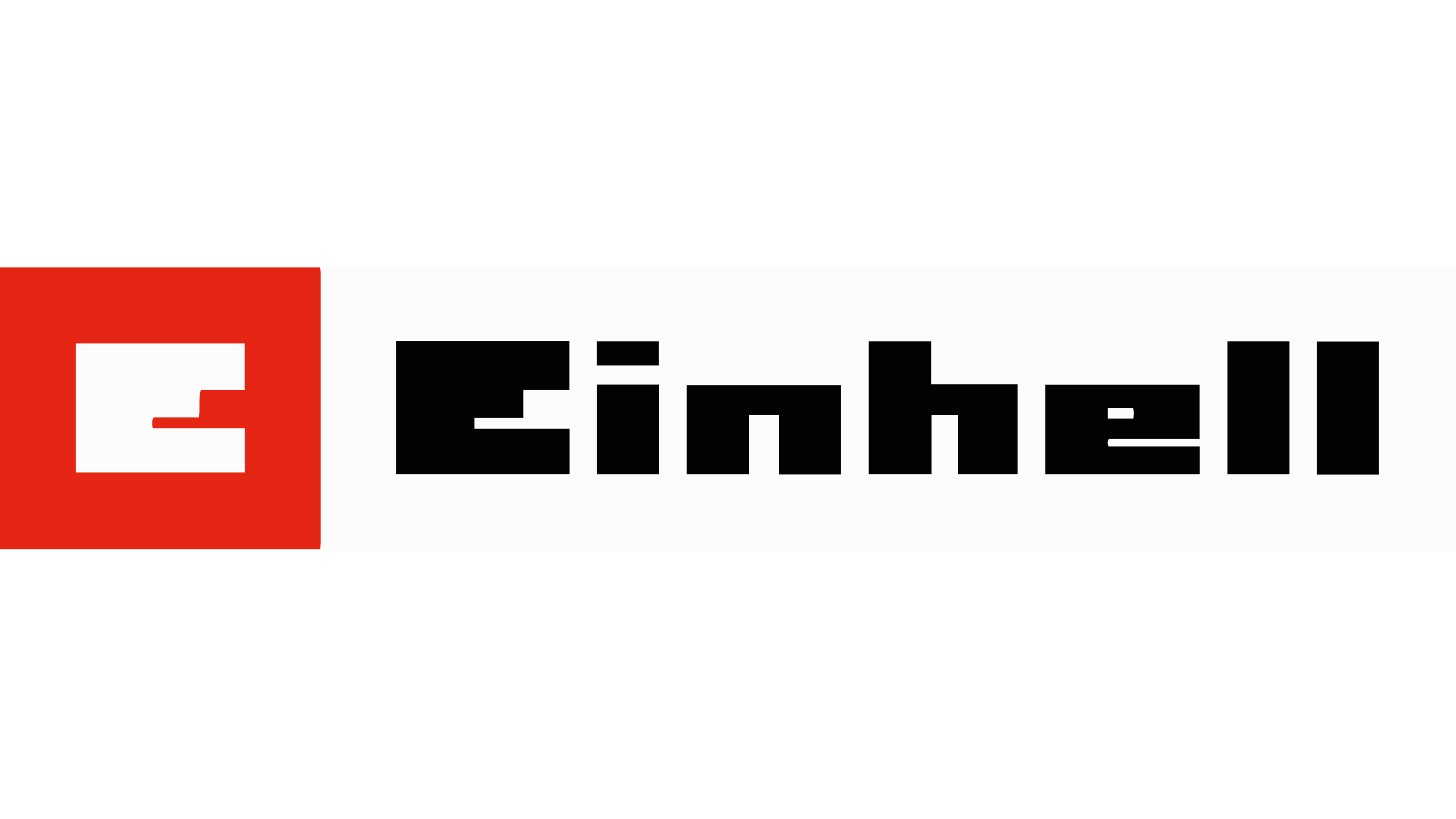












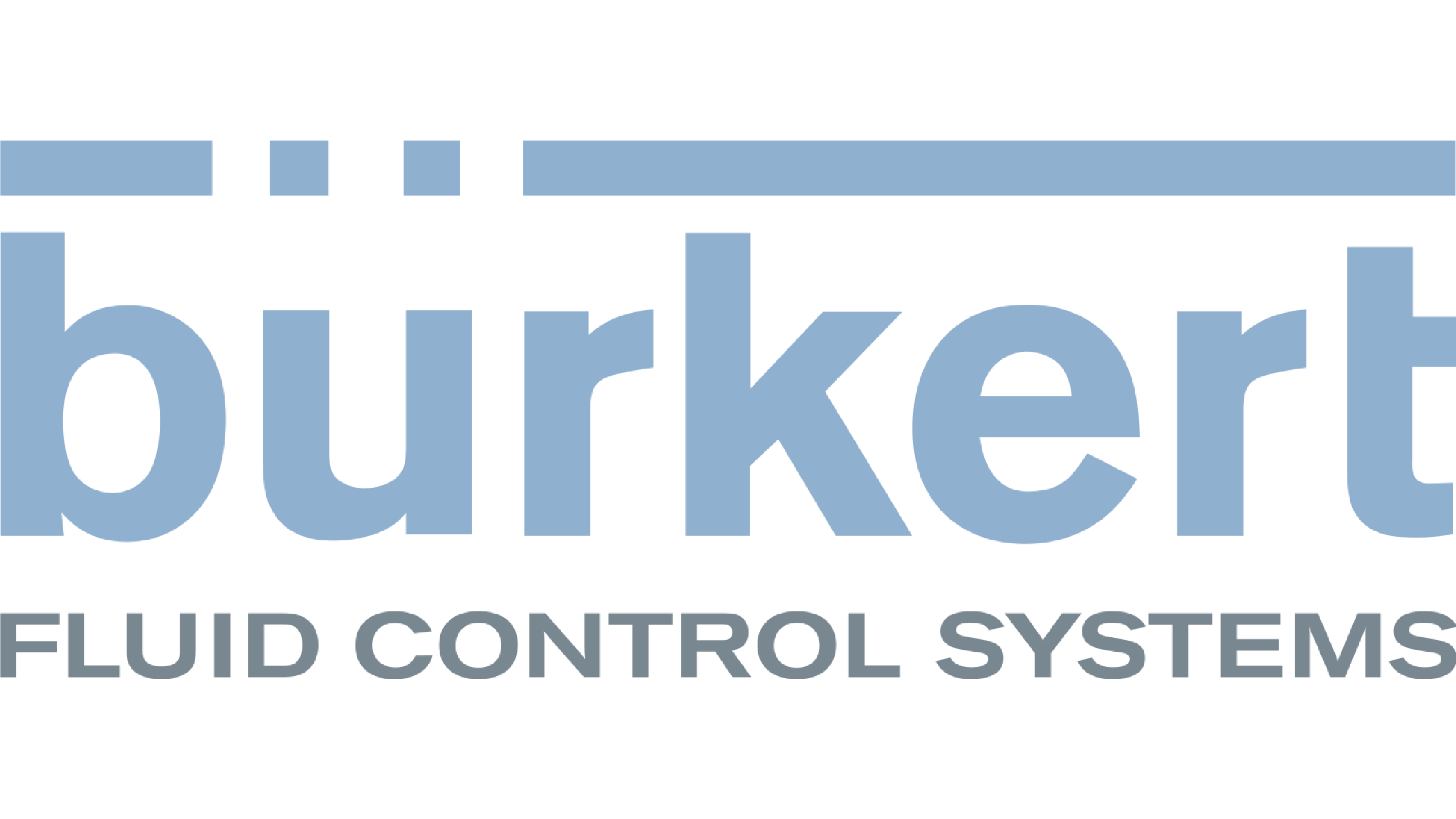
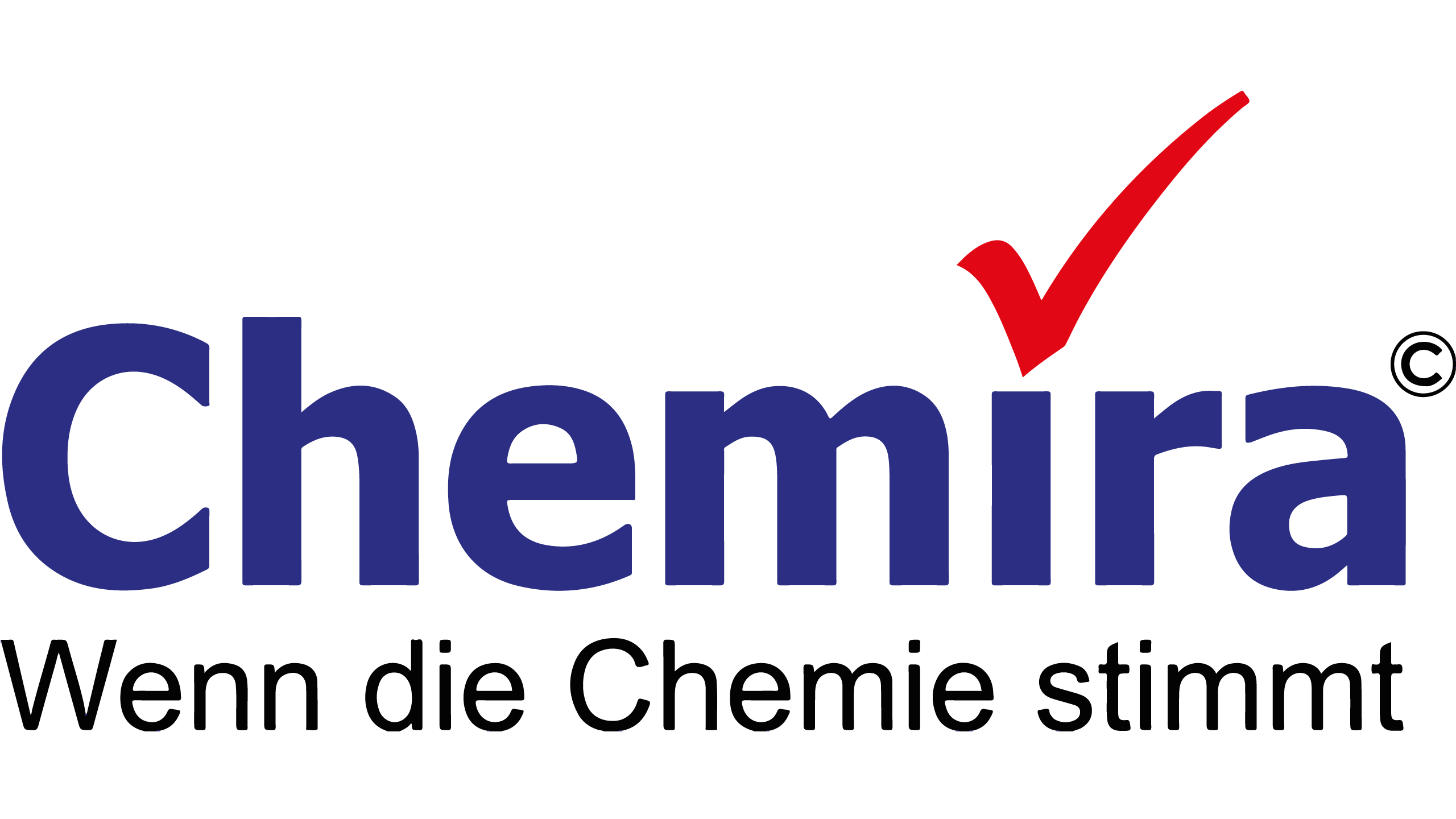
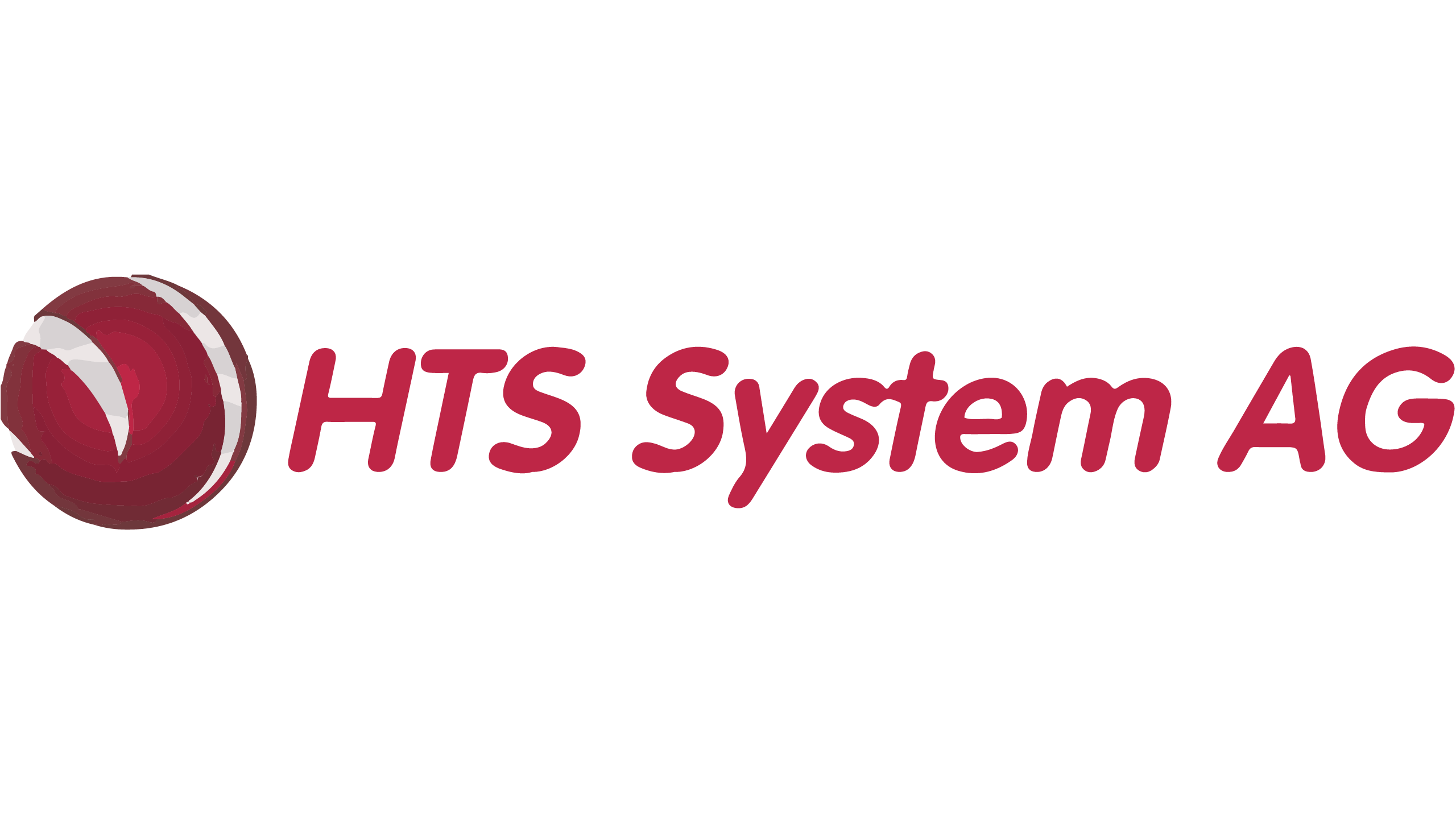
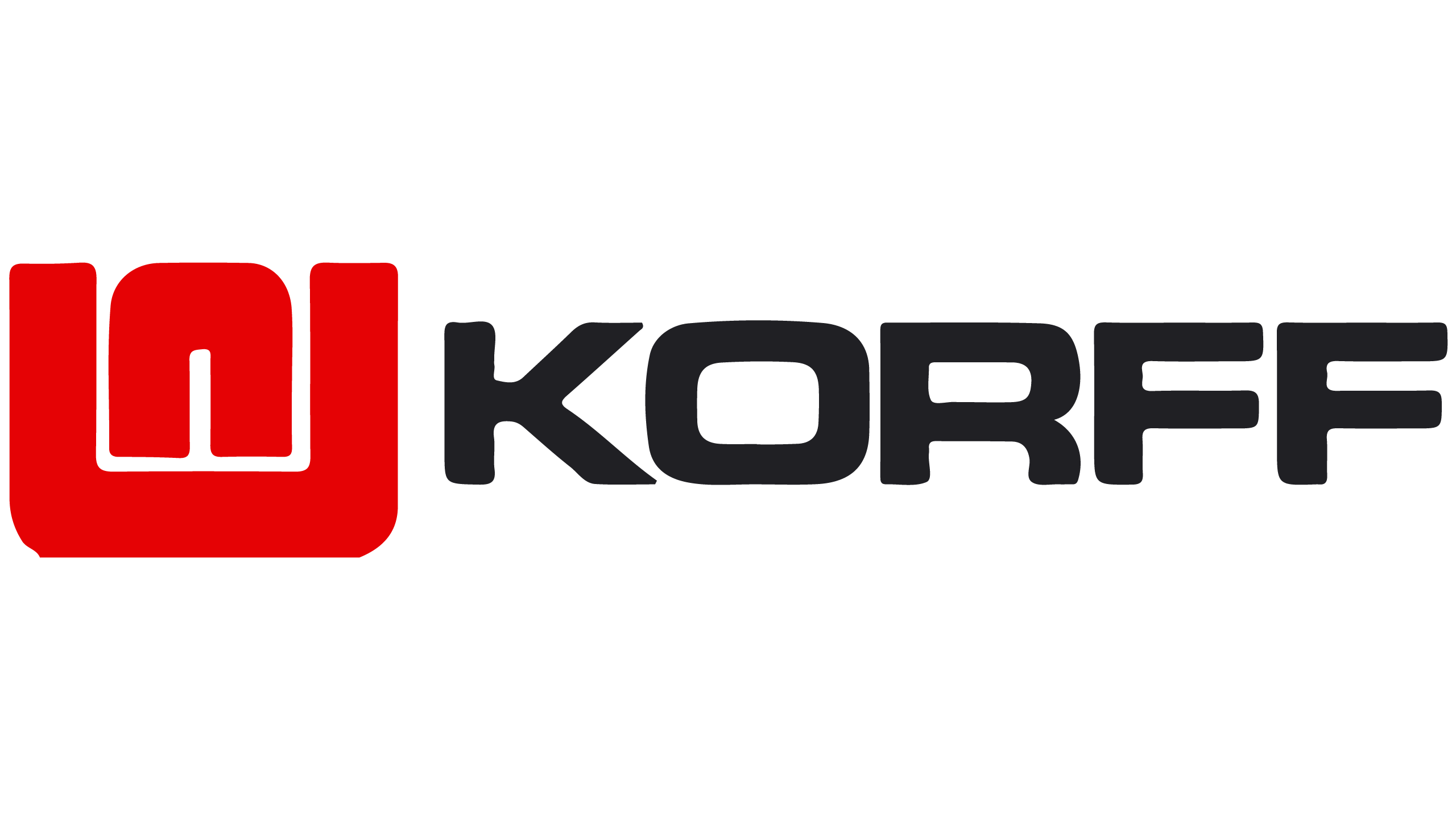
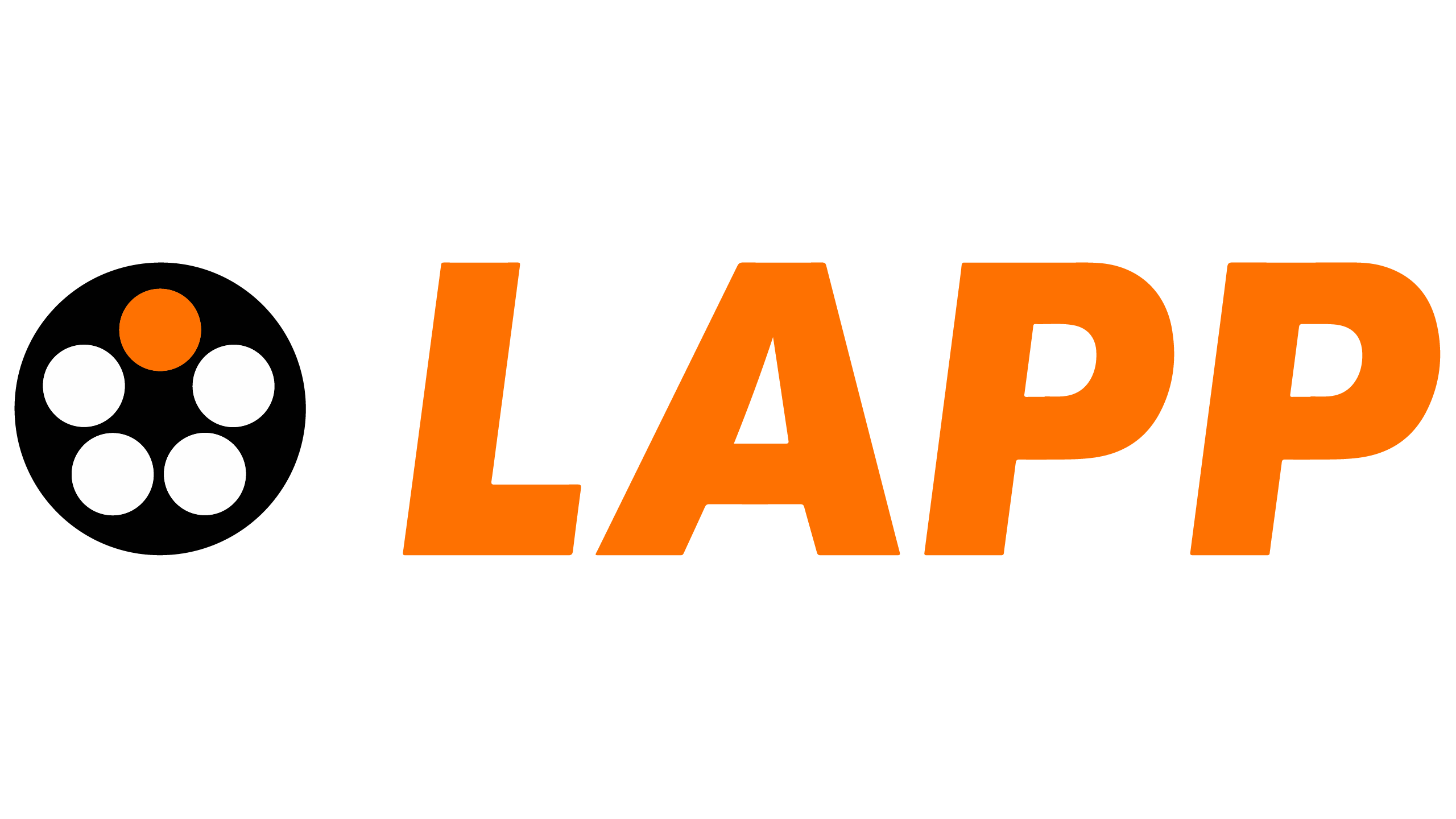
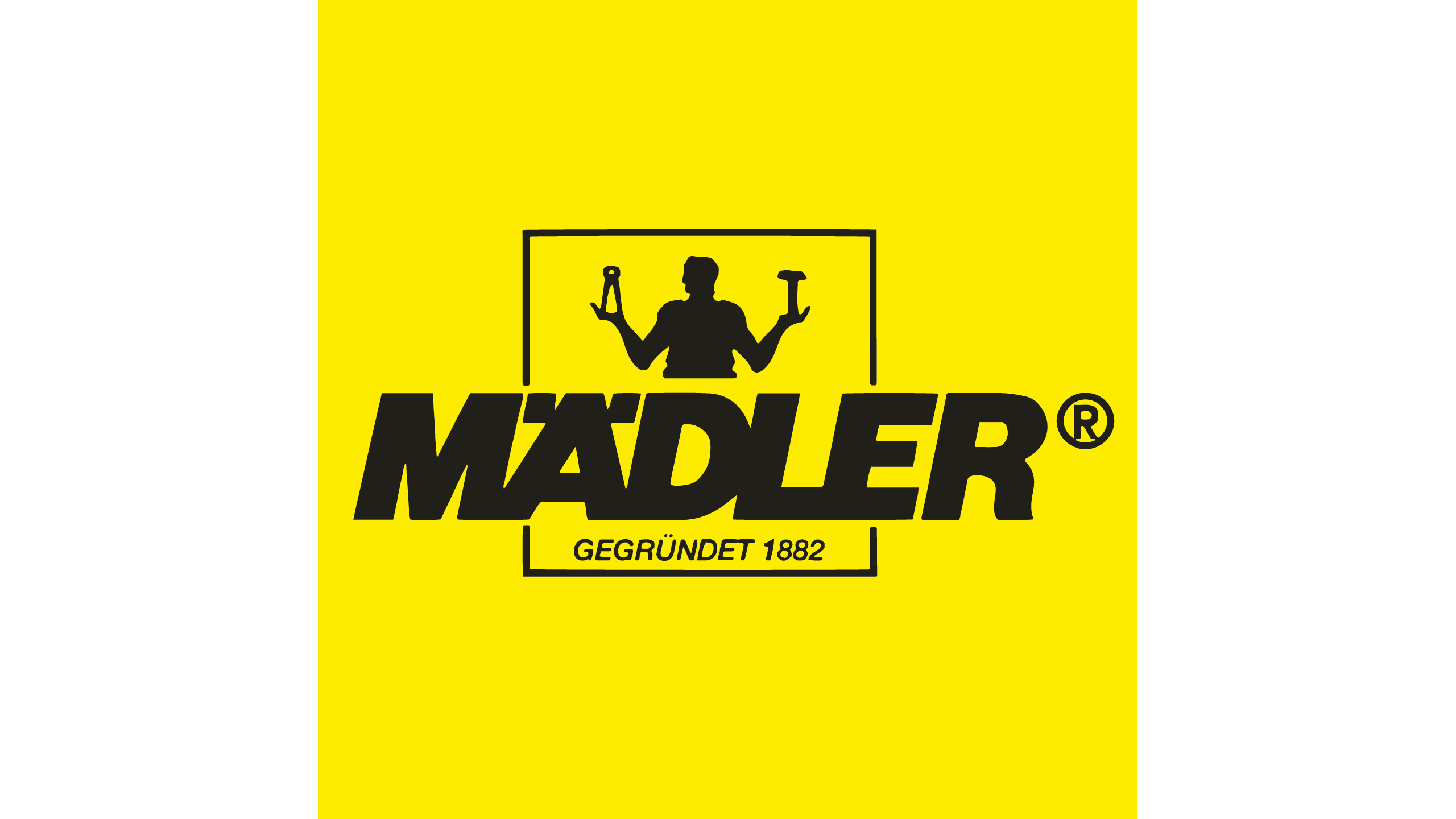
Social Contact